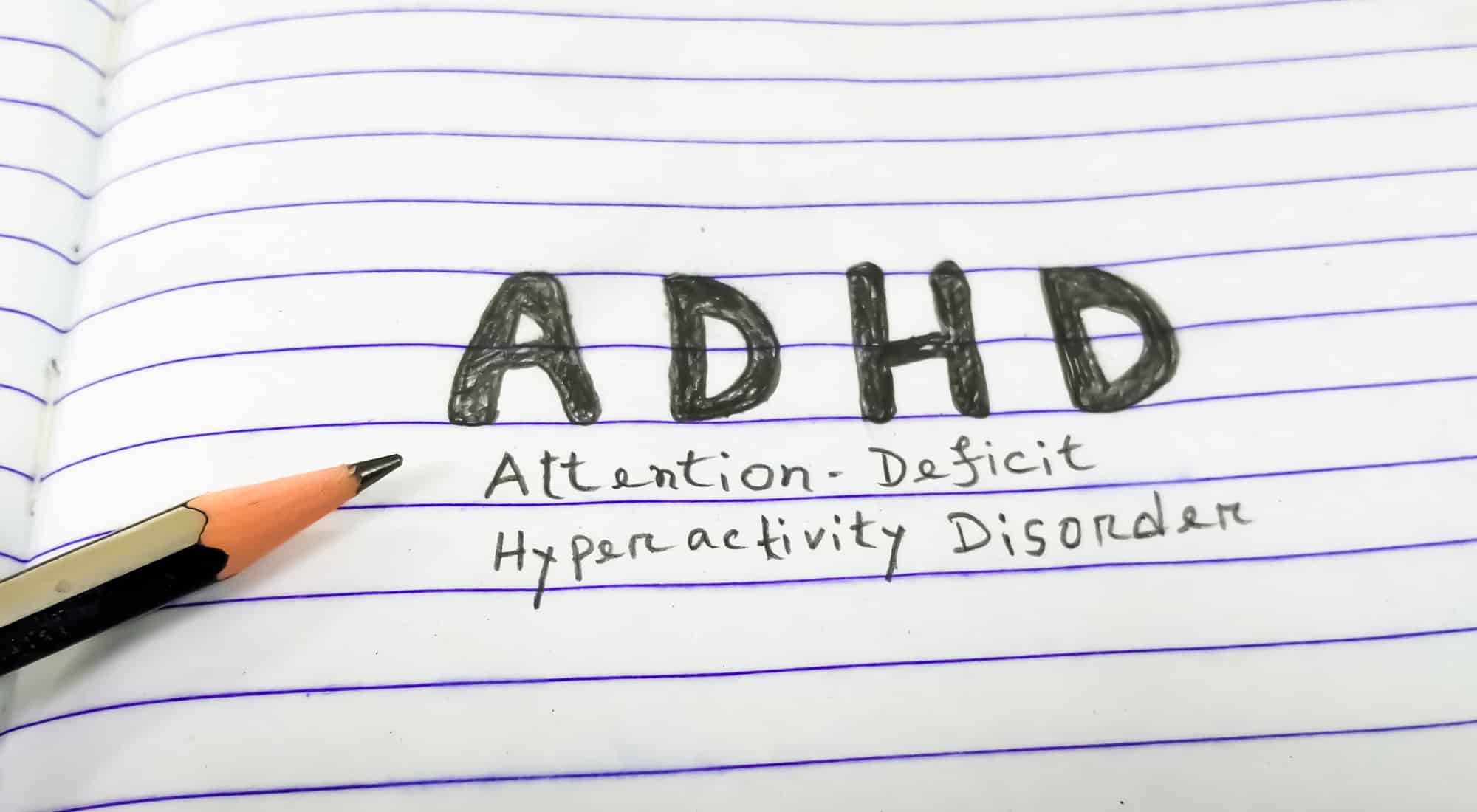
ADHD in Boys
Attention deficit hyperactivity disorder (ADHD) is diagnosed more frequently in boys (13%) than girls (6%), according to the Centers for Disease Control and Prevention (CDC). However, this may partly be due to the way the symptoms manifest. ADHD in boys can be identified by higher rates of inattention, hyperactivity, and impulsivity, whereas in girls, inattention is the primary indicator, says a PLOS ONE study.
For boys, ADHD can be a critical factor in their propensity to use substances and engage in risk-taking behavior early in life. Understanding and treating ADHD is important for helping teens and young men develop healthy coping skills.
For boys, ADHD can be a critical factor in their propensity to use substances and engage in risk-taking behavior early in life.
ADHD vs. ADD
When looking at ADHD versus ADD, how can you tell the difference? In general, ADD in boys can be considered the same as ADHD. To diagnose mental health conditions, treatment professionals use the criteria in the Diagnostic and Statistical Manual of Mental Disorders (DSM). The 5th and most recent edition of the DSM only lists criteria for ADHD, not ADD. While ADD was formerly used to describe attention deficit symptoms, it can no longer be given as a diagnosis; but it may sometimes be used to refer to one of the subtypes of ADHD.
There are three subtypes of ADHD, shares ADDitute:

- Predominantly Inattentive (formerly referred to as ADD)
Children and adults may present with a failure to pay attention to details, forgetfulness, poor listening skills, and reluctance to engage in tasks that require high mental energy. They are often seen as easily distracted, daydreaming, or even apathetic.
- Hyperactive-Impulsive
In children, this type manifests in excessive talking, running or climbing in situations where it’s inappropriate, fidgeting, high energy, inability to play quietly or alone, and frequent interrupting. In teens and adults, it commonly appears as restlessness.
- Combined
This condition is characterized equally by the inattentive and hyperactive symptoms.
Because boys are two to three times more likely to have hyperactive-impulsive or combined ADHD than girls, according to Johns Hopkins Medicine, ADHD symptoms in boys are often more pronounced. What often looks like an inability to stop, focus on something specific, or respond in disciplined or appropriate ways can be a manifestation of ADHD. All children struggle with attention and acting appropriately; ADHD symptoms in boys usually present as an excessive, motorized reaction to the world and other people where utilizing sustained mental energy is very difficult.
In teens, ADHD symptoms may look like the following:
- Chronic boredom, lateness, and/or forgetfulness
- Difficulty concentrating when reading
- Low self-esteem
- Difficulty controlling anger or other emotions
- Mood swings
- Impulsiveness
- Poor organization skills
- Procrastination
- Academic problems
- Inability to tolerate frustration
- Relationship problems
Molecular Psychiatry reports that ADHD has a 74% heritability rate, meaning that it typically runs in families. Family, adoption, and twin studies confirm this. ADHD has also been linked with autism spectrum disorder (ASD), mood disorders, personality disorders, and substance use disorders. Findings from research among multivariate twins and siblings also reveals “a general genetic factor that influences ADHD and a broad spectrum of neuropsychiatric conditions.”
ADHD and Co-Occurring Disorders
According to Alcohol Research and Health, about 25% of adults receiving treatment for alcohol and other drug abuse have ADHD. For adolescents, the rate goes up to 30%. This is significant, especially because early initiation of alcohol use is a predictor of greater alcohol abuse and more serious problems later in life, reports the American Journal of Psychiatry.
This tendency toward alcohol use can come from a desire to self-medicate symptoms of ADHD. Additionally, those with ADHD may fail to contain certain extreme behaviors, which can lead to social disapproval or rejection; some may channel that distress into self-harming behaviors or substance use.
When it comes to ADHD, men are more likely to develop “externalizing” conditions such as substance use disorders, antisocial personality disorder, and conduct disorder, reports PLOS ONE. Women with ADHD are more likely to develop “internalizing” conditions such as anxiety, depression, somatic symptoms, and bulimia.
With support and intervention, teens and young adults can heal from ADHD and co-occurring disorders, going on to live fulfilling lives in recovery.
Because ADHD can develop alongside or perpetuate these other conditions, it’s important that those suffering with ADHD symptoms get comprehensive treatment. With support and intervention, teens and young adults can heal from ADHD and co-occurring disorders, going on to live fulfilling lives in recovery.
Treatment for ADHD and Other Conditions at The Meadows Outpatient Center
At The Meadows Outpatient Center, we understand how different conditions can interact to cause certain symptoms and behaviors, which is why we use a multidisciplinary approach to treatment. We tailor our treatment plans to meet your teen’s needs so that they can have the best chance at long-term healing and growth. Our therapies are evidence-based and research-backed, incorporating approaches that focus on both psychological and physiological healing. If you or someone you love is struggling with ADHD and other conditions, contact us today to learn more about our program.

Reach Out Today
Convenient, comprehensive care is available. Your next chapter can start right now.